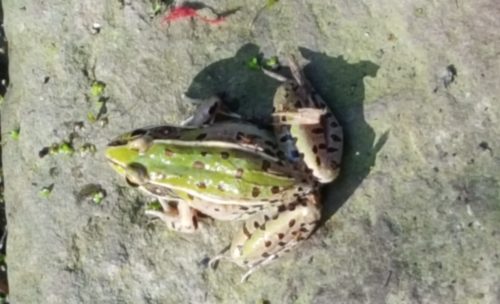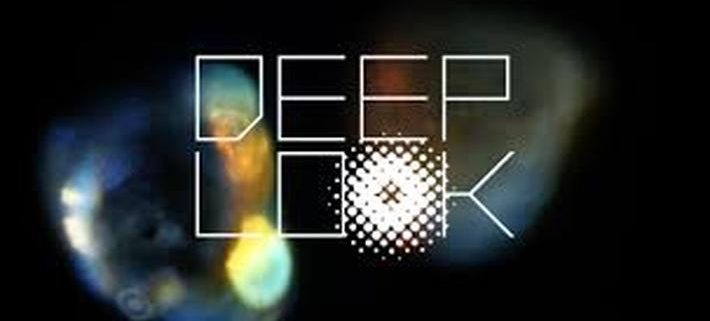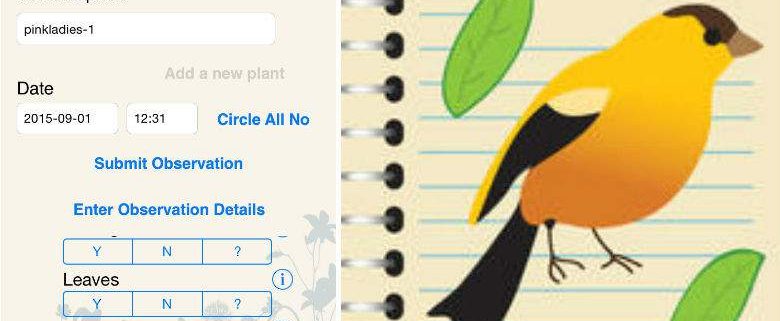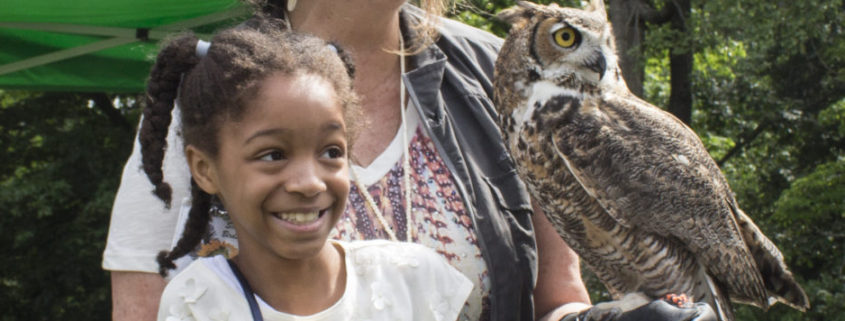A Different Kind of Success Story – Mother Nature Takes Center Stage at Huntley Meadows Park
Photo: By Ron Grimes, Northern Shoveler March 2025
Narrative by Mary Ann Bush / Photos are credited below the image.
Success stories can be about a person, a community, a project, or even an event. These stories may leave us feeling inspired, motivated, impressed, or even lucky!
This success story is about the amazing Huntley Meadows Park and its extraordinary wildlife, some permanent and some just visiting. Huntley Meadows Park, the largest park operated by the Fairfax County Park Authority, is home to many birds, amphibians, and reptiles.
This story starts with the wonderful group of students in the Spring FMN Basic Training class. These students were attending their March 29th field trip to Huntley Meadows Park. This park is a uniquely suitable site for the students to explore and observe the concepts presented in the Ornithology and Herpetology classroom sessions. FMN Instructors and field trip leaders, Ron Grimes – Ornithology, and Alonso Abugattas – Herpetology, are widely respected and experienced naturalists, who coordinated and guided the students through the day’s exploration and observation activities. They are very accomplished and skillful guides who can take classroom curriculum to the field in a way that is tangible, relatable, and at times, exciting.
Huntley Meadows did not disappoint the students. The park’s majestic forests, wildflower meadows and vast wetlands provided the students with some very memorable experiences. Instructor, Ron Grimes, and student, John Eppler, have graciously shared photographs of their observations.
The real stars of day: Great Blue Heron, Red-winged Blackbird, Hooded Mergansers, Northern Shoveler Muskrat, White-breasted Nuthatch, Tufted Titmouse, Spotted Turtle, Southern Leopard Frog, Tree Swallows, Bald Eagle, Rusty Blackbirds, Eastern Bluebird, Common Ribbon snake, American Bullfrog, Swamp Sparrow, and Cope’s Gray Treefrog.

By Ron Grimes, Northern Shoveler March 2025
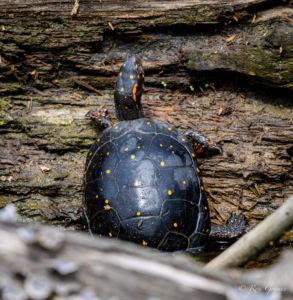
By Ron Grimes, Spotted Turtle March 2025
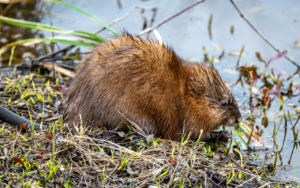
By Ron Grimes, Muskrat March 2025
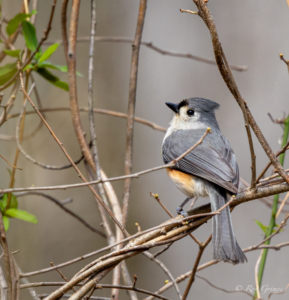
By Ron Grimes, Tufted Titmouse, March 2025
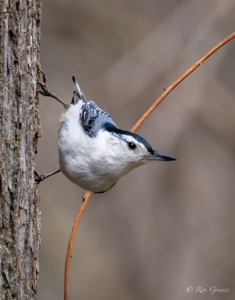
By Ron Grimes, White-breasted Nuthatch March 2025

By Ron Grimes, Red-winged Blackbird March 2025
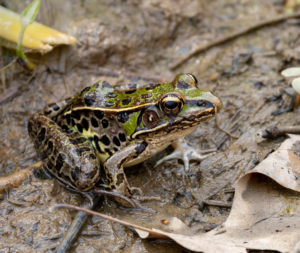
By Ron Grimes, Southern Leopard Frog March 2025
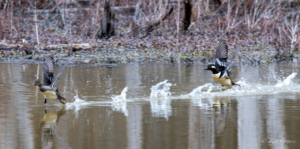
By Ron Grimes, Hooded Mergansers March 2025
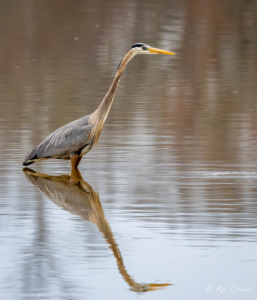
By Ron Grimes, Great Blue Heron March 2025
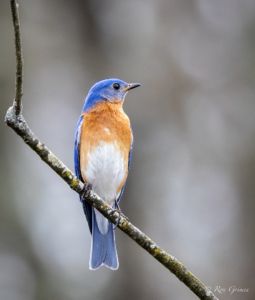
By Ron Grimes, Eastern Bluebird, March 2025

By Ron Grimes, American Bullfrog, March 2025
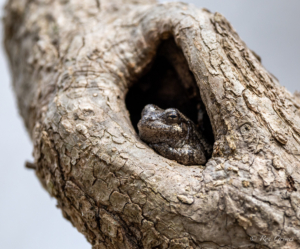
By Ron Grimes, Copes Tree Frog, March 2025
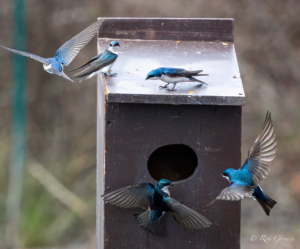
By Ron Grimes, Tree Swallows, March 2025
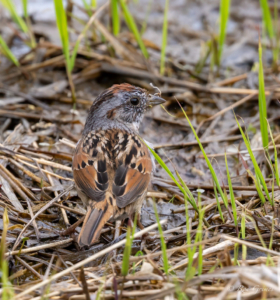
By Ron Grimes, Swamp Sparrow “Scout” , March 2025
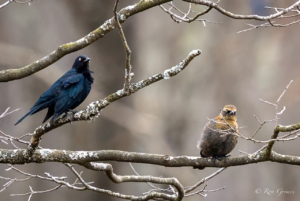
By Ron Grimes, Rusty Blackbirds, March 2025
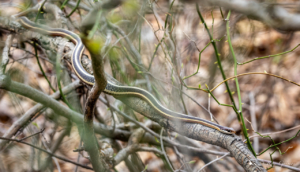
By Ron Grimes, Common Ribbon snake, March 2025
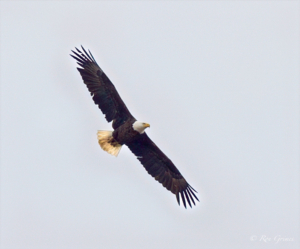
By Ron Grimes, Bald Eagle, March 2025

By John Eppler,Hooded Merganaser (Lophodytes cucullatus), Male, Huntley Meadows Park, Alexandria, Virginia
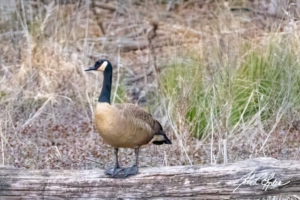
By John Eppler, Canada Goose (Branta canadensis), Huntley Meadows Park, Alexandria, Virginia.

By John Eppler, Male Red-winged Blackbird (Agelaius phoeniceus), Huntley Meadows Park, Alexandria, Virginia.


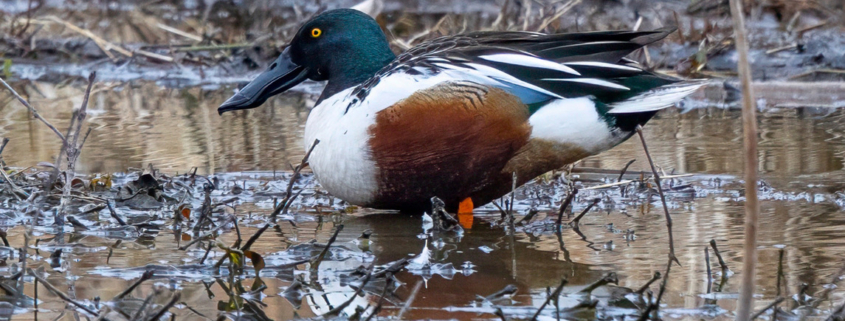
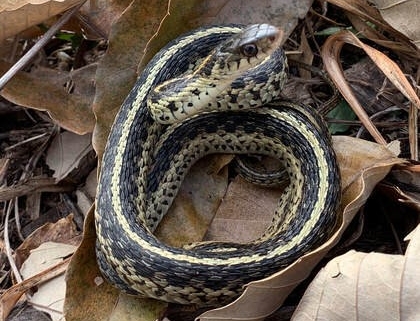

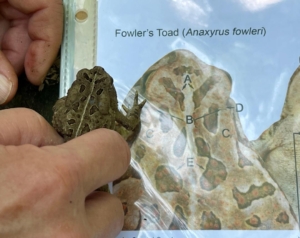
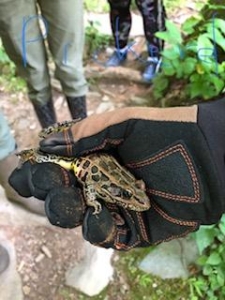
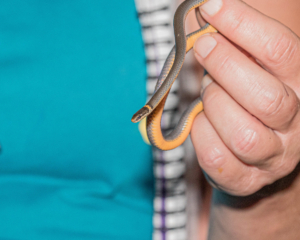

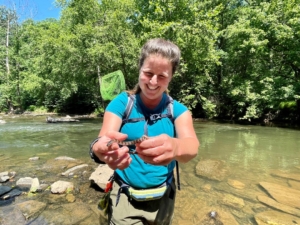
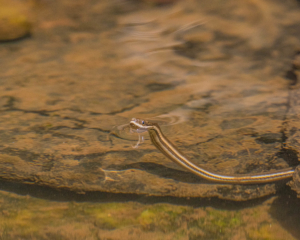

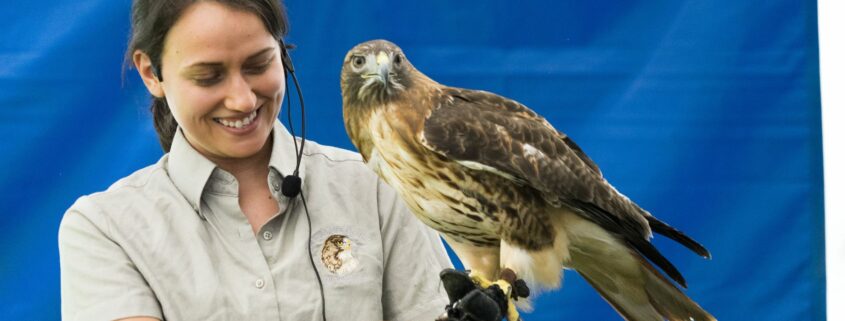
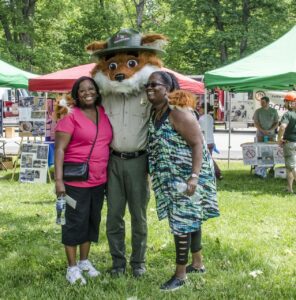 Tent, including raptors, reptiles and mammals. The Hartwell Children’s Tent will offer children’s activities from our conservation partners. We’ll have Bald Eagle nest viewing tours, hay rides, pony rides, music, food and drink, a live eagle cam, exhibits from more than 20 environmental organizations, including Fairfax Master Naturalists, a youth photo contest and Mini-Clinics from REI.
Tent, including raptors, reptiles and mammals. The Hartwell Children’s Tent will offer children’s activities from our conservation partners. We’ll have Bald Eagle nest viewing tours, hay rides, pony rides, music, food and drink, a live eagle cam, exhibits from more than 20 environmental organizations, including Fairfax Master Naturalists, a youth photo contest and Mini-Clinics from REI.